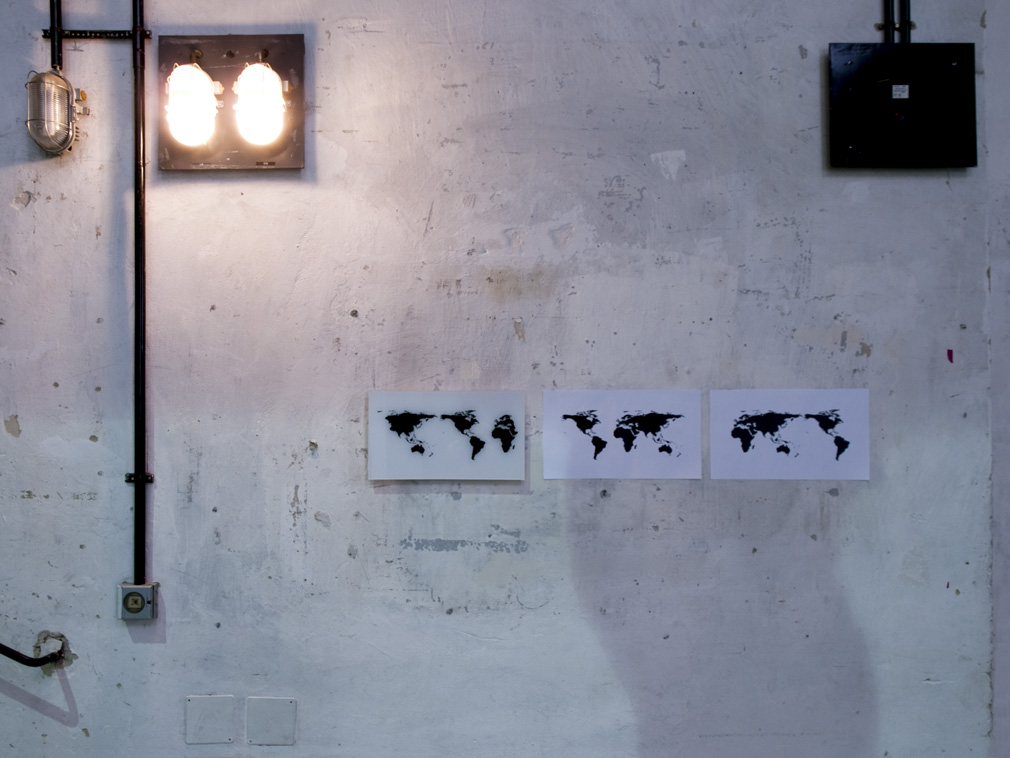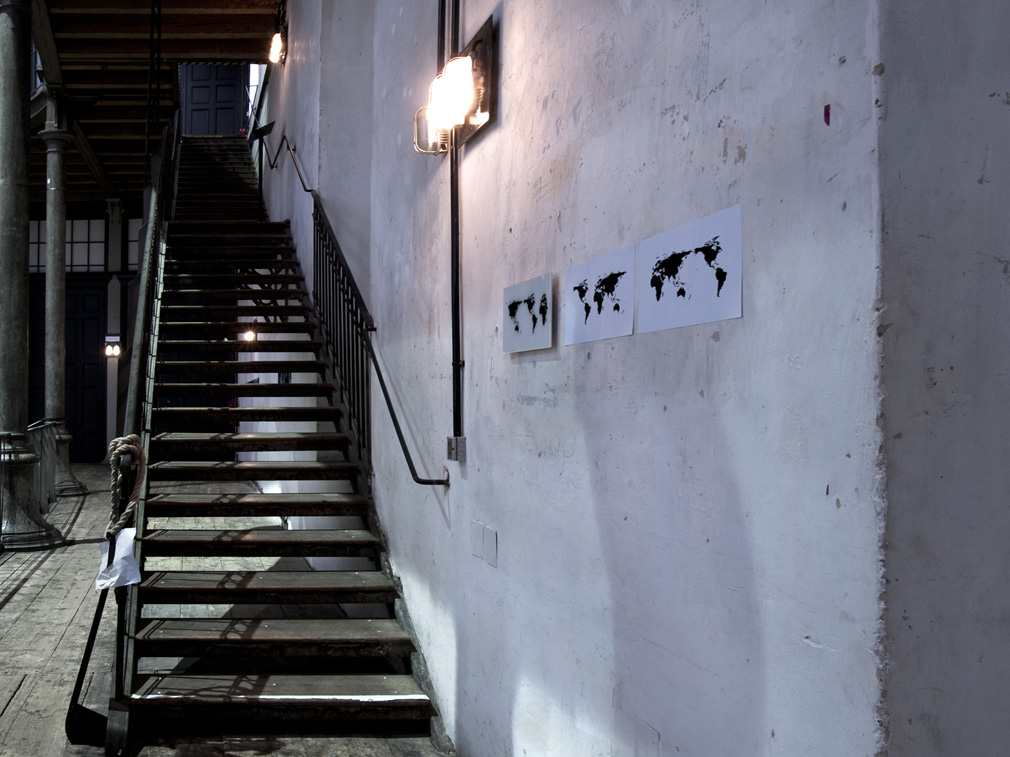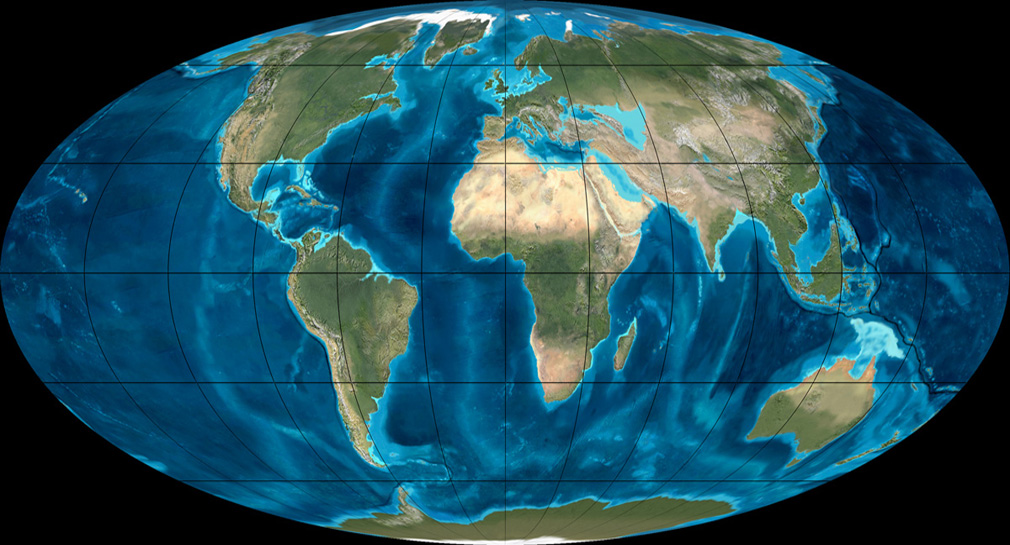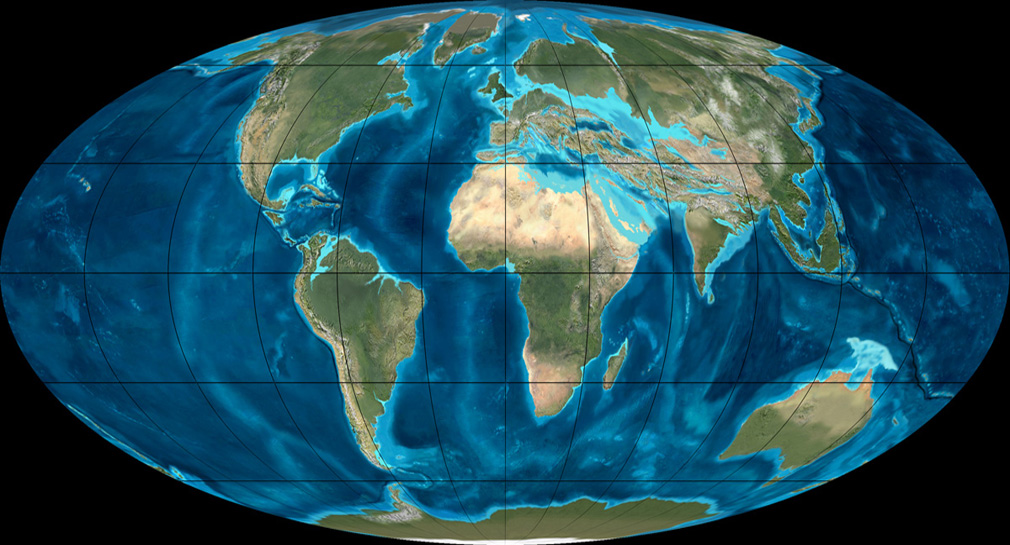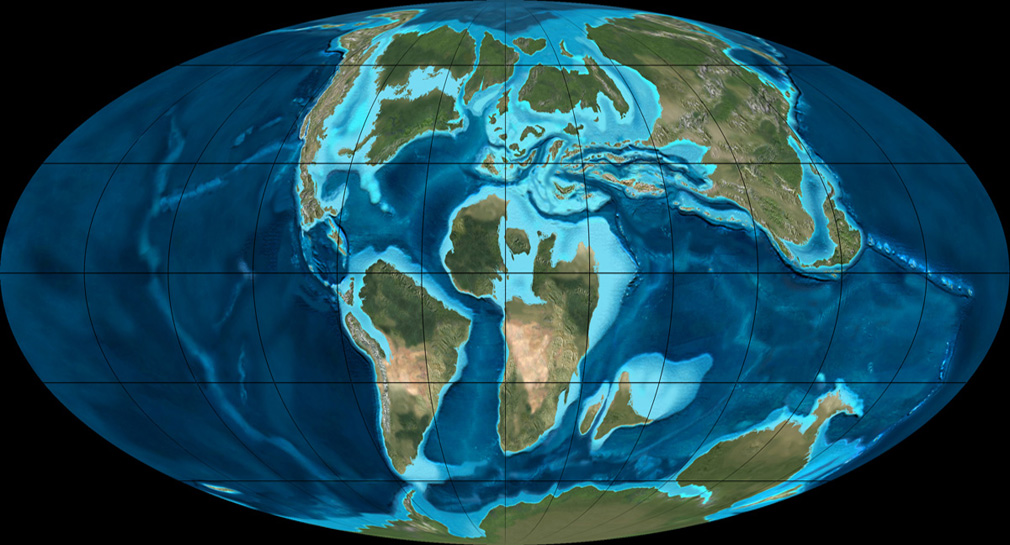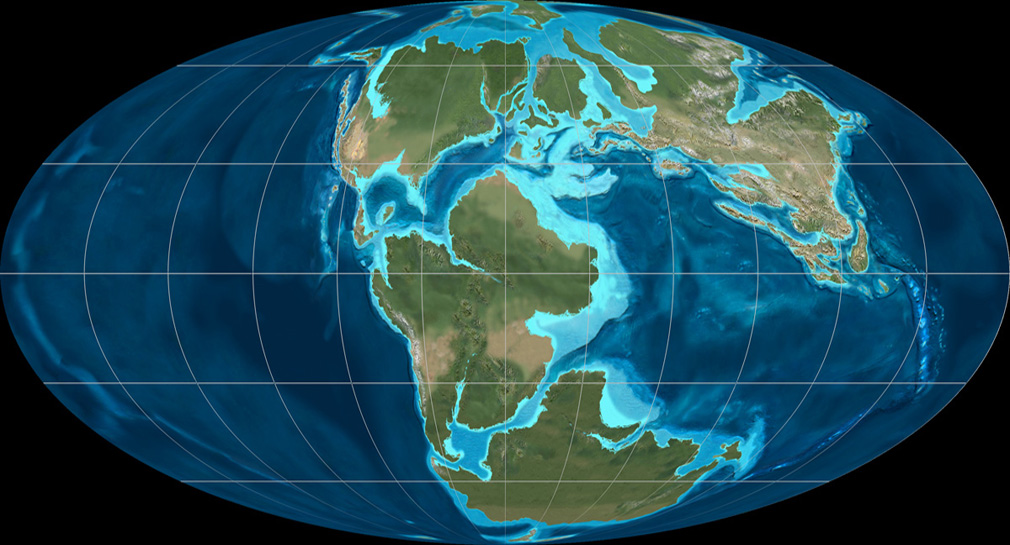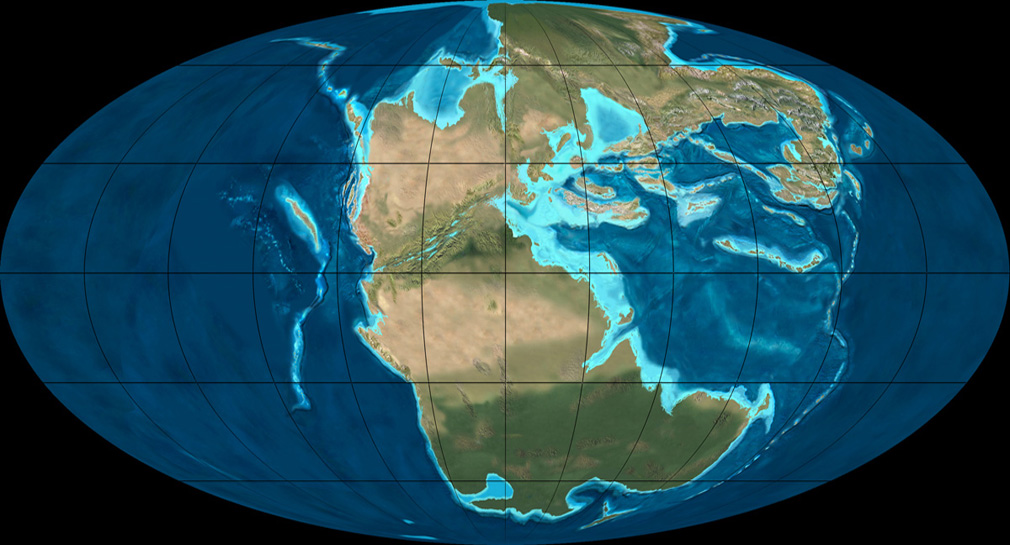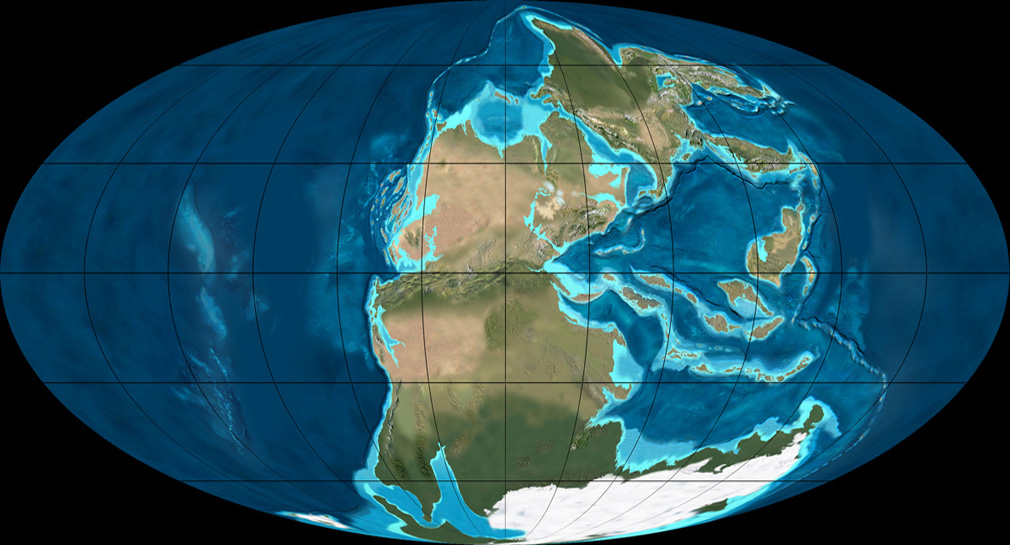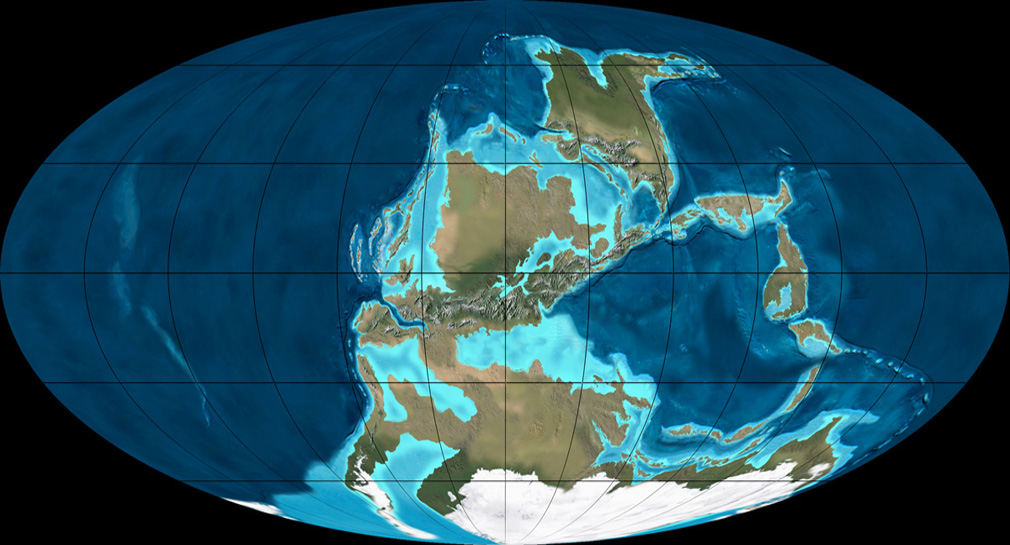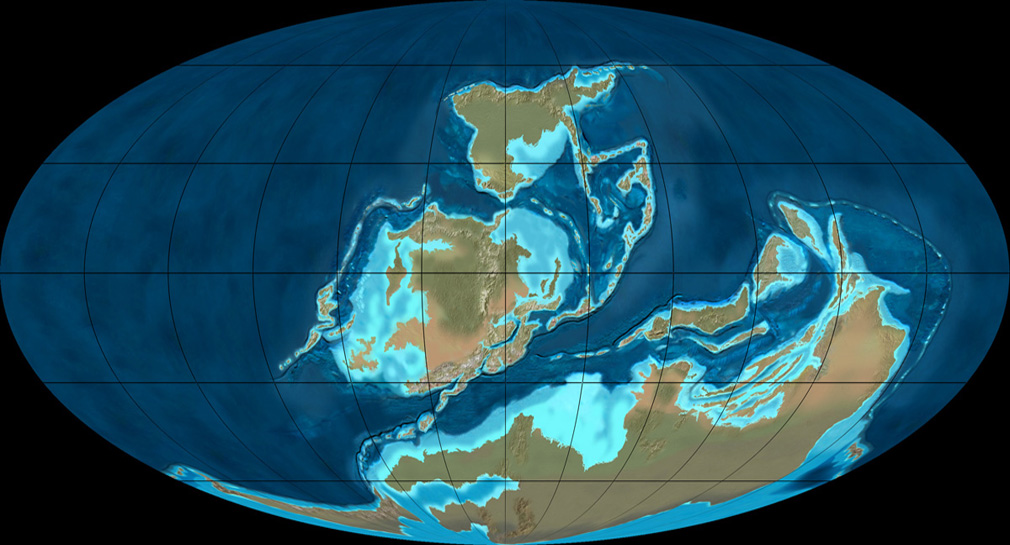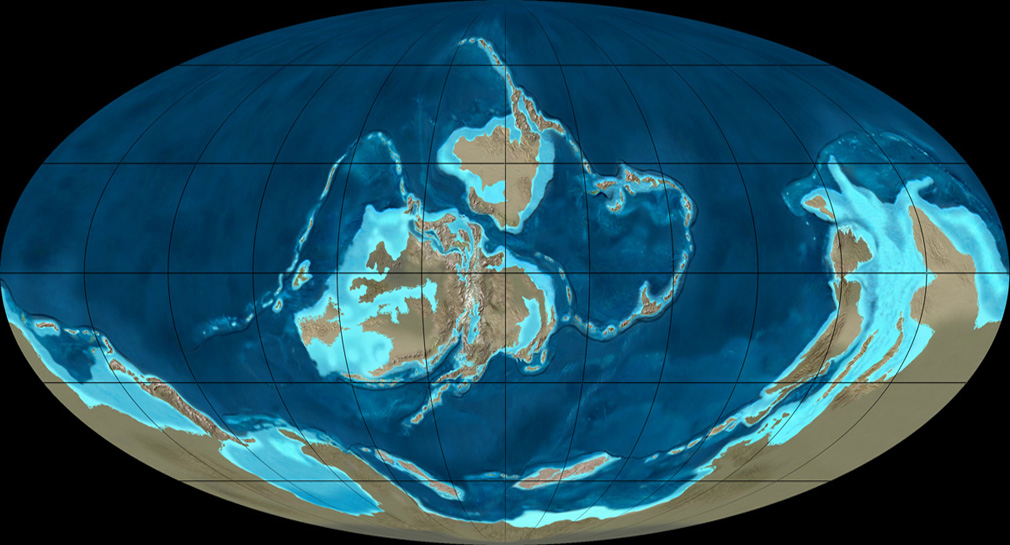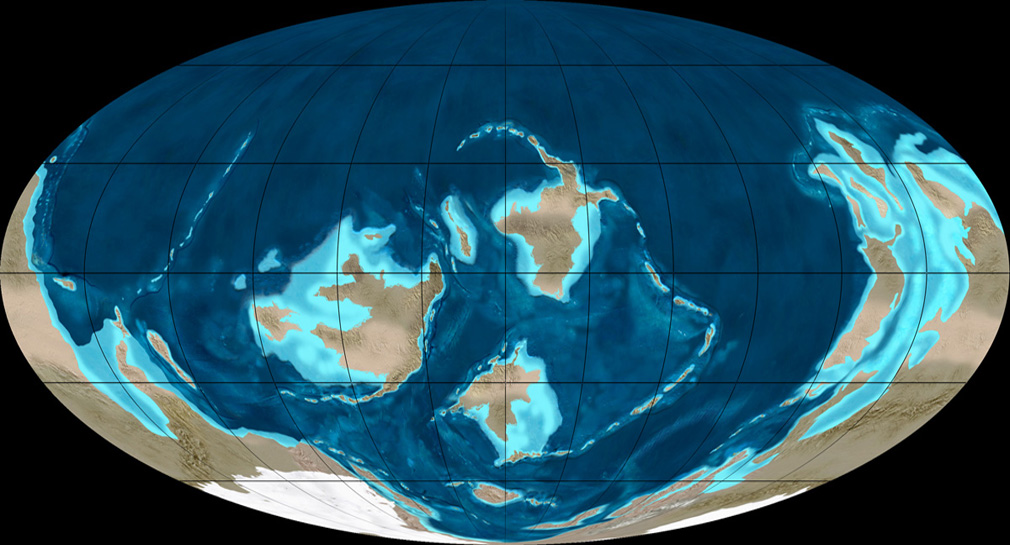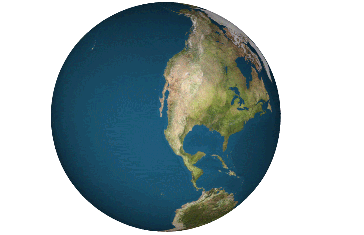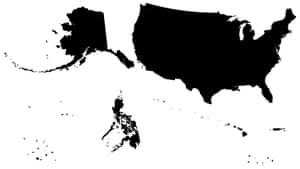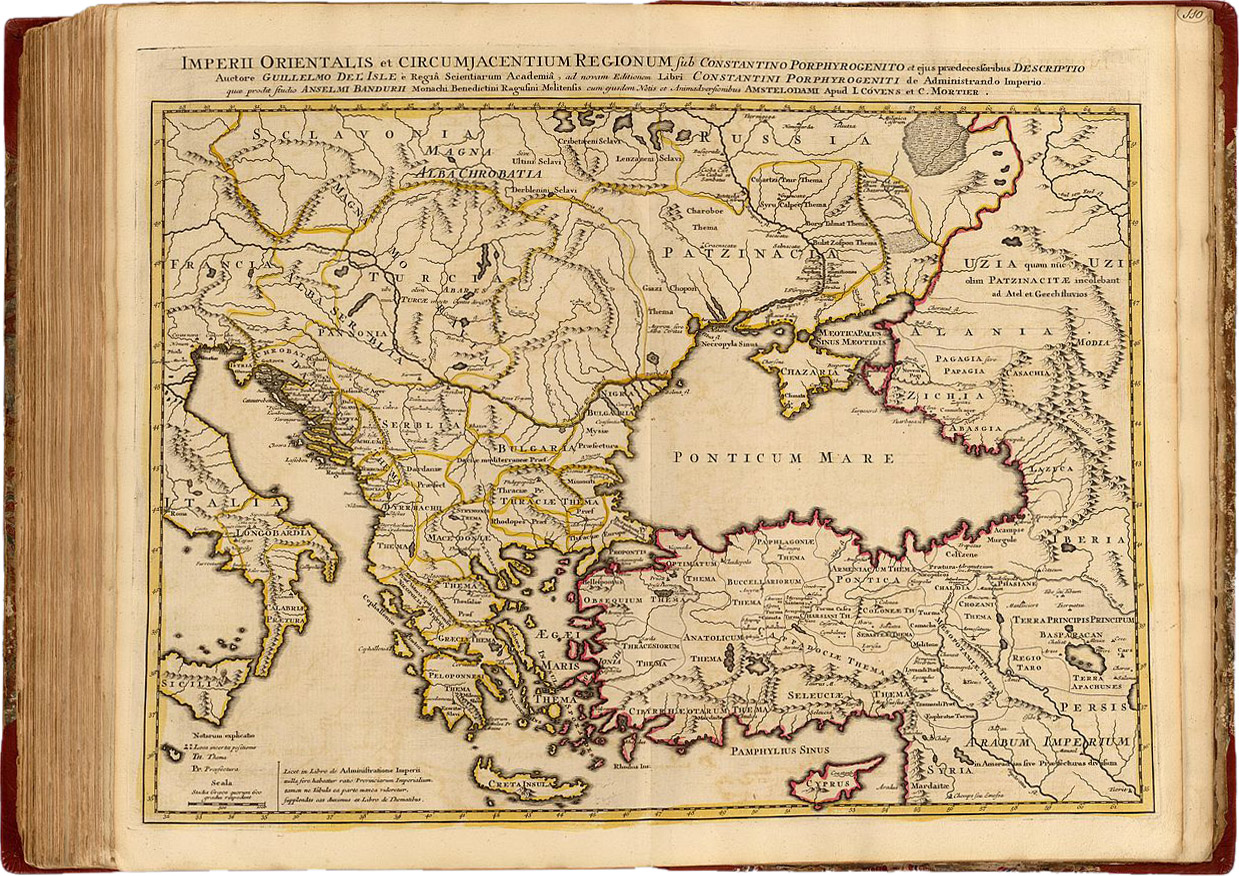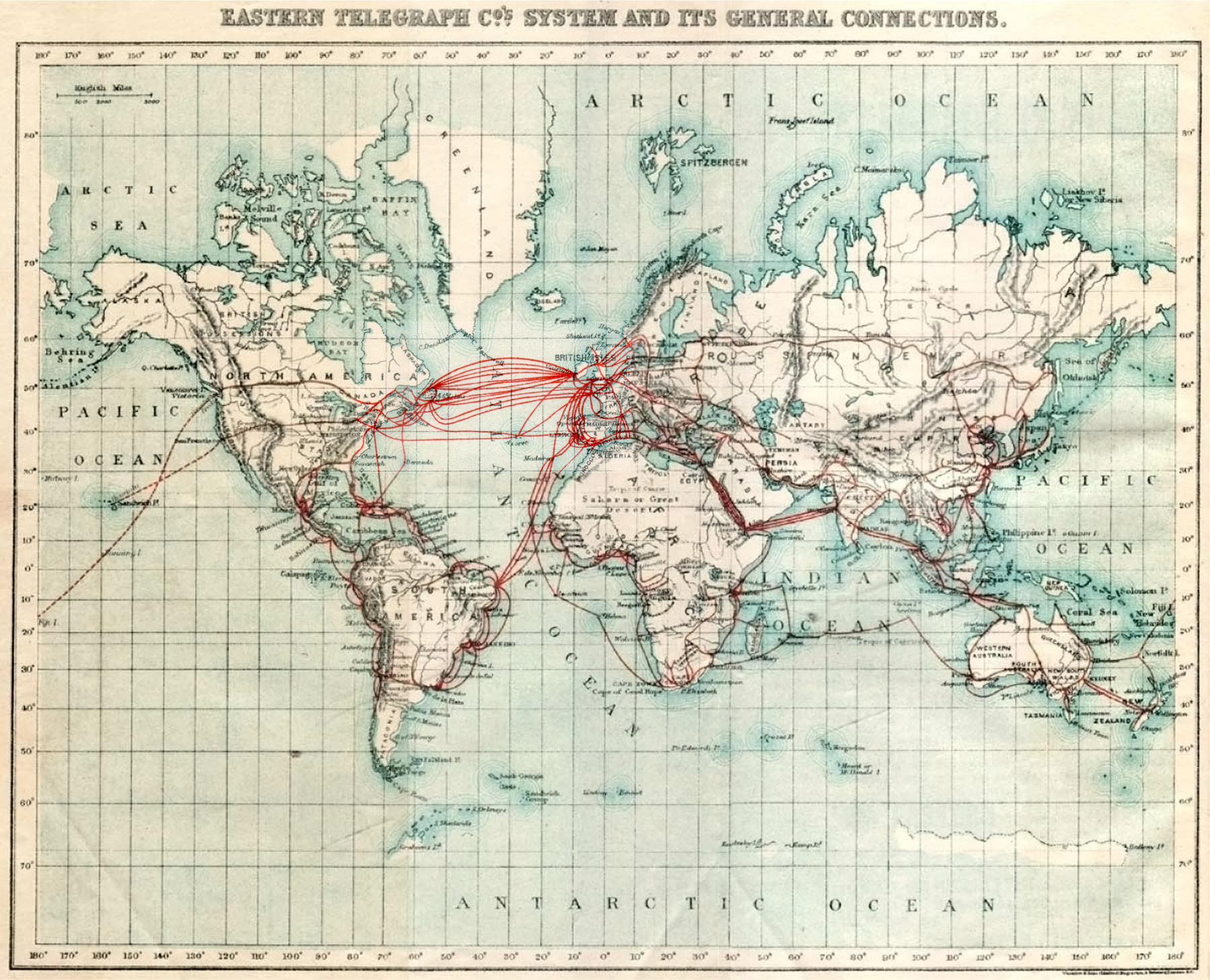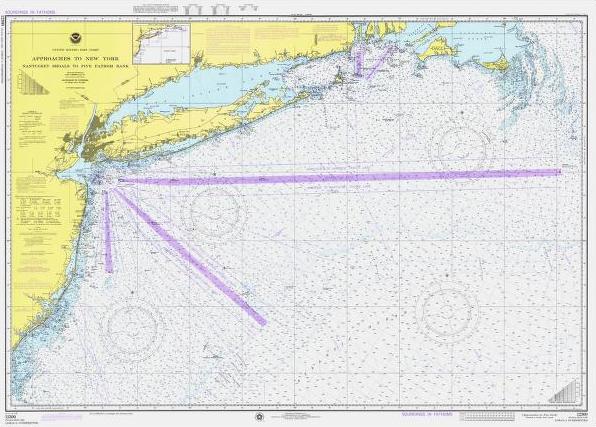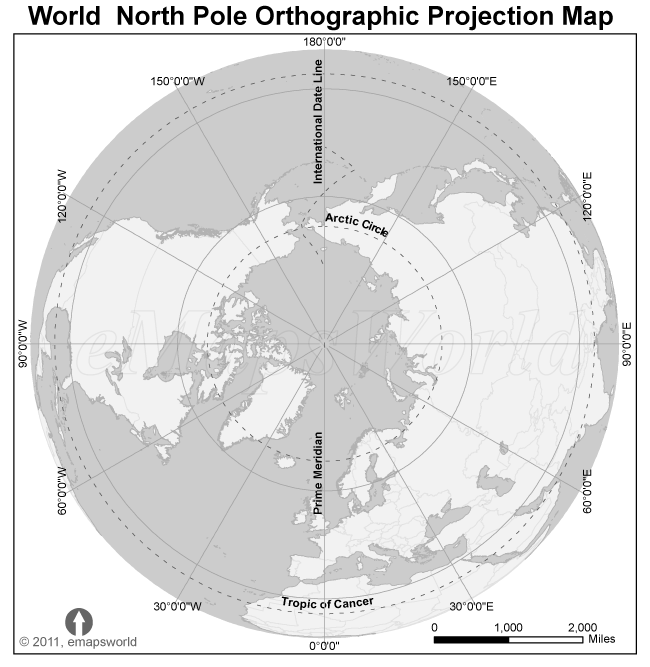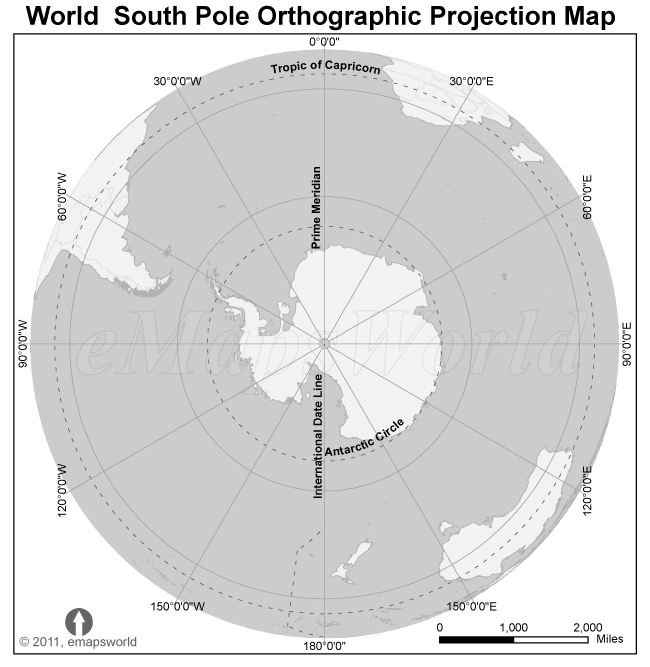title
The World Maps 1.1 – 1.3
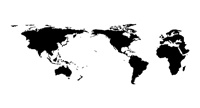
subtitle
geometry
year
2008
material
C-print
edition
1+1ae
seize cm
A 148x80
B 111x60
C 74x40
D 37x20
exhibitions
2008 11 27 . The Disorder of Things . Vienna . Semperdepot >
usage
cc by-nc-sa
info
series of 3 world maps
1.1 America-centeredd
1.2 Asia/Australia-centeredd
1.3 Europe/Africa-centered
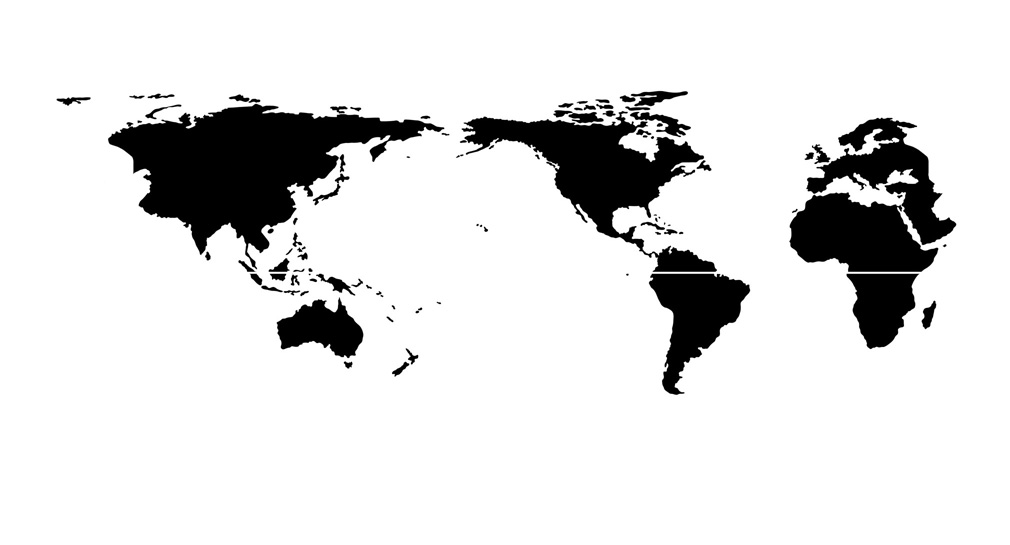 < 1.1 America-centered
< 1.1 America-centered
 < 1.2 Asia/Australia-centered
< 1.2 Asia/Australia-centered
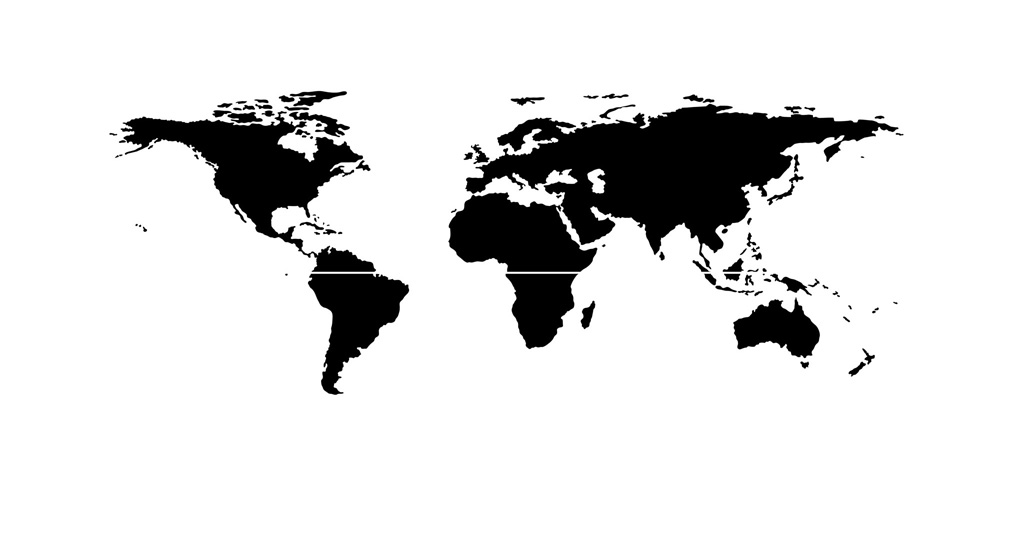 < 1.3 Europe/Africa-centered
< 1.3 Europe/Africa-centered
exhibition
The World Maps1.1 – 1.3
append
The World Maps a1.1 – 1.11
geologic periods
01_eon_Proterozoic / 3 eras / 10 geologic periods_-3.500 / -2.500.000.000 -> -541.000.000
02_eon_Phanerozoic / 3 eras /12 geological periods_-541.000.000 -> 0
02.3.11 Quaternary [2.588.000 –> 0] 02.3.11 Neogene [23.000.000 –> 2.588.000] 02.3.10 Paleogene [66.000.000 –> 23.000.000] 02.2.9 Cretaceous [145.500.000 –> 66.000.000] 02.2.8 Jurassic [20.100.000 –> 145.500.000] 02.2.7 Triassic [252.000.000 –> 20.100.000] 02.1.6 Permian [300.000.000 –> 252.000.000] 02.1.5 Carboniferous [359.000.000 –> 300.000.000] 02.1.4 Devonian [419.000.000 –> 359.000.000] 02.1.3 Silurian [443.000.000 –> 419.000.000] 02.1.2 Ordovician [541.000.000 –> 443.000.000] 02.1.1 Cambrian [485.000.000 –> 541.000.000] years ago
append
The World Mapsa2.1 – 2.6
Buckmintser Fuller Projection, Mercator Projection
http://en.wikipedia.org/wiki/Dymaxion_map
http://en.wikipedia.org/wiki/Mercator_projection
[http://www.bibliotecapleyades.net/ciencia/antigravityworldgrid/ciencia_antigravityworldgrid01.htm]
http://en.wikipedia.org/wiki/Dymaxion_map
http://en.wikipedia.org/wiki/Mercator_projection
[http://www.bibliotecapleyades.net/ciencia/antigravityworldgrid/ciencia_antigravityworldgrid01.htm]
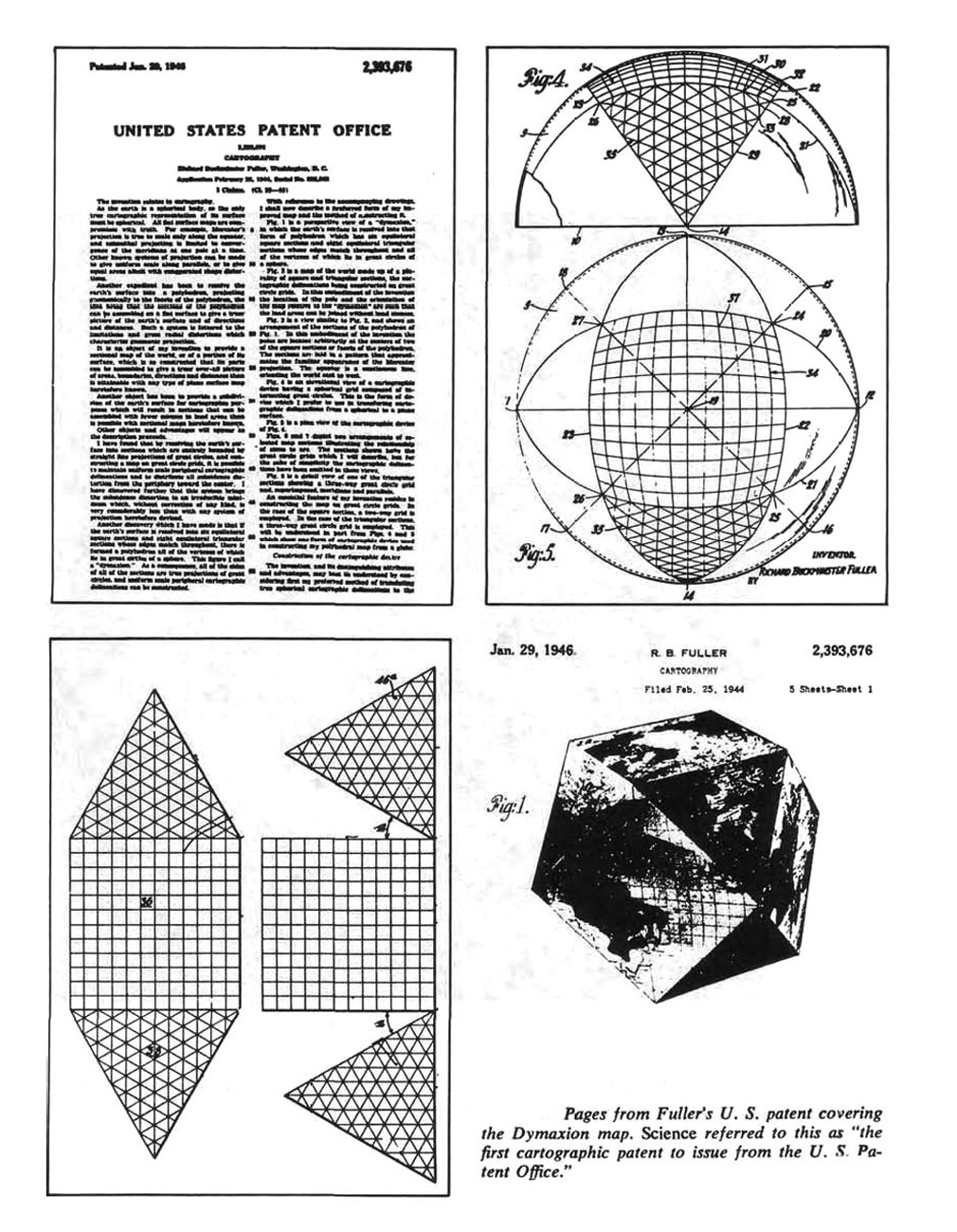
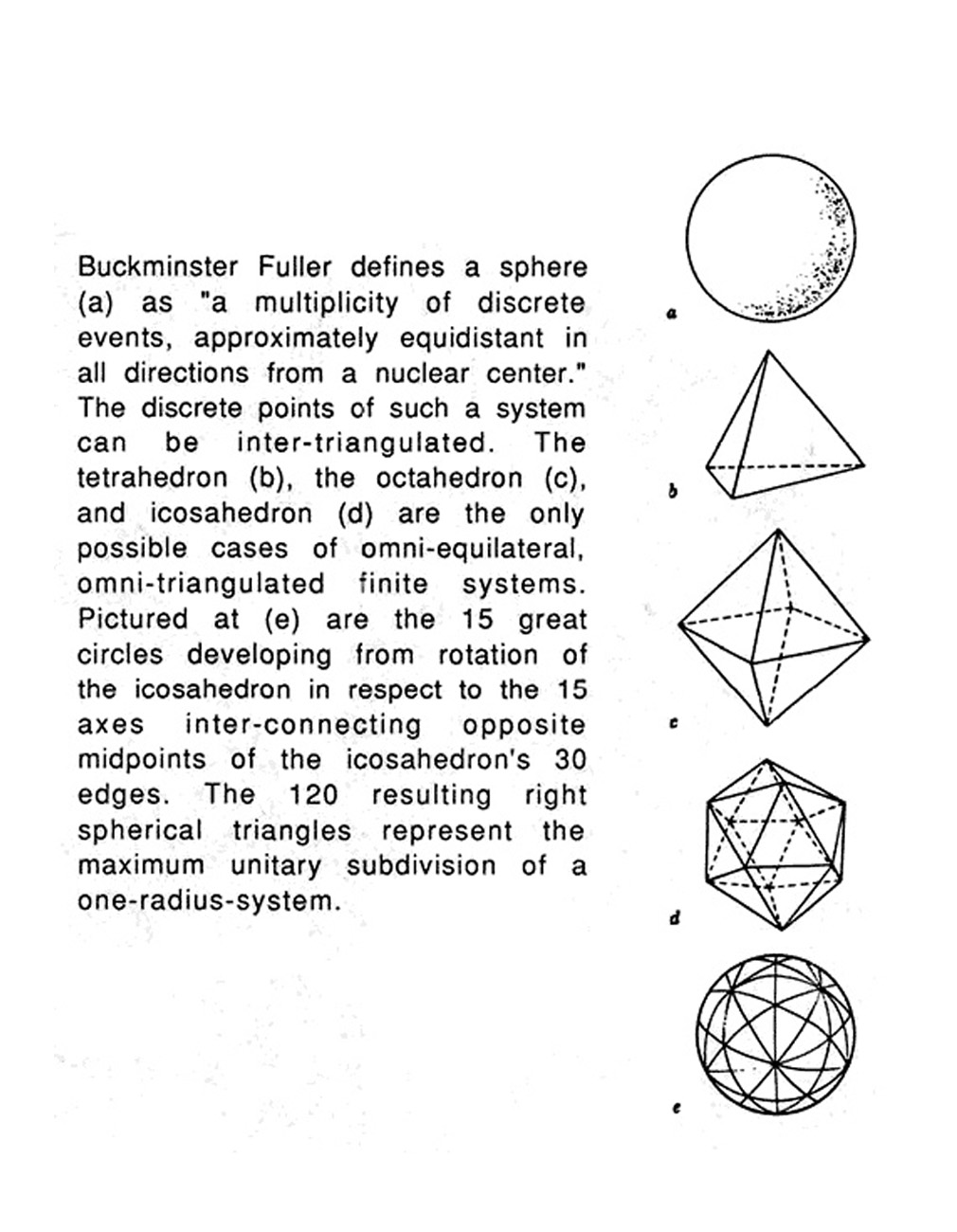
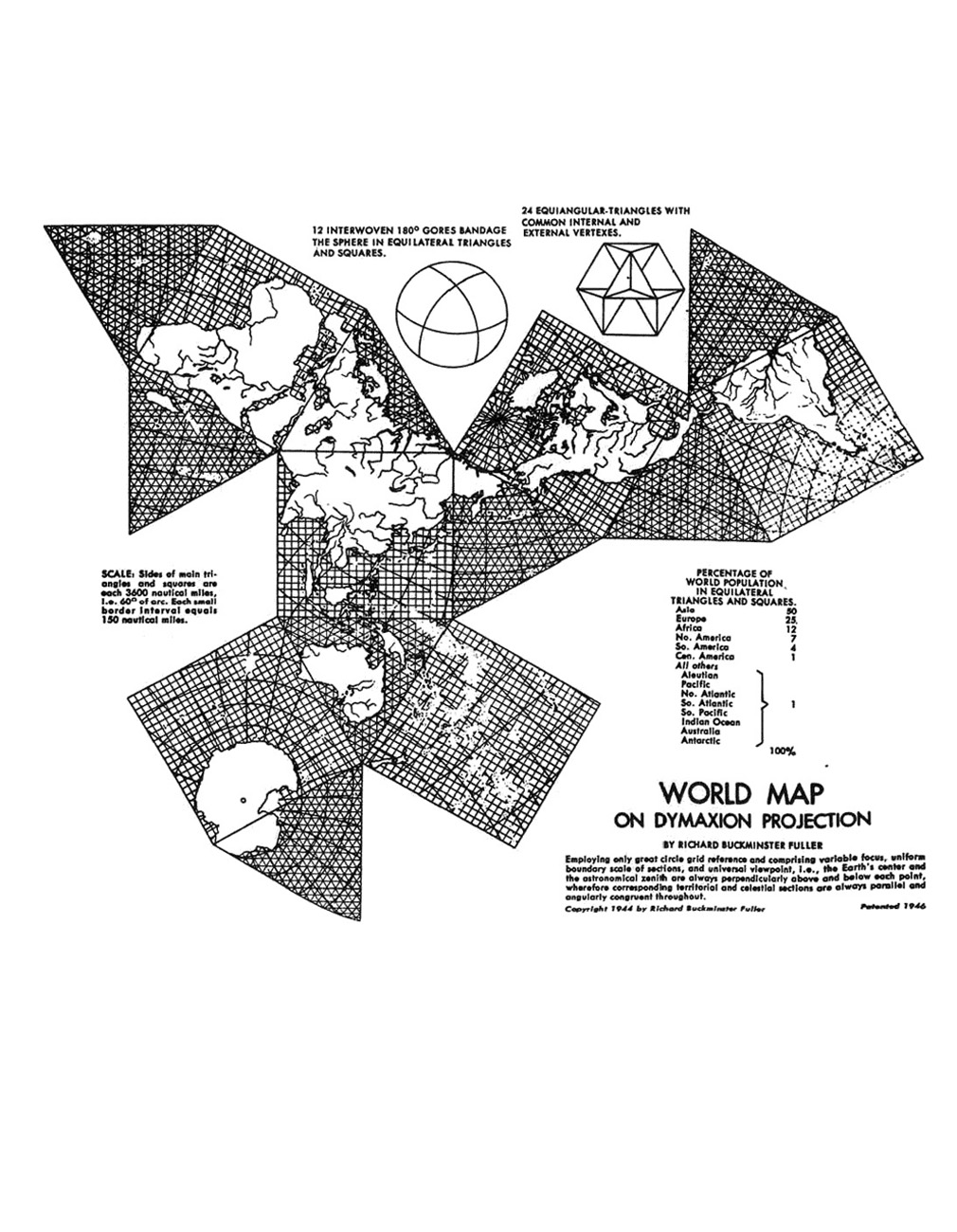
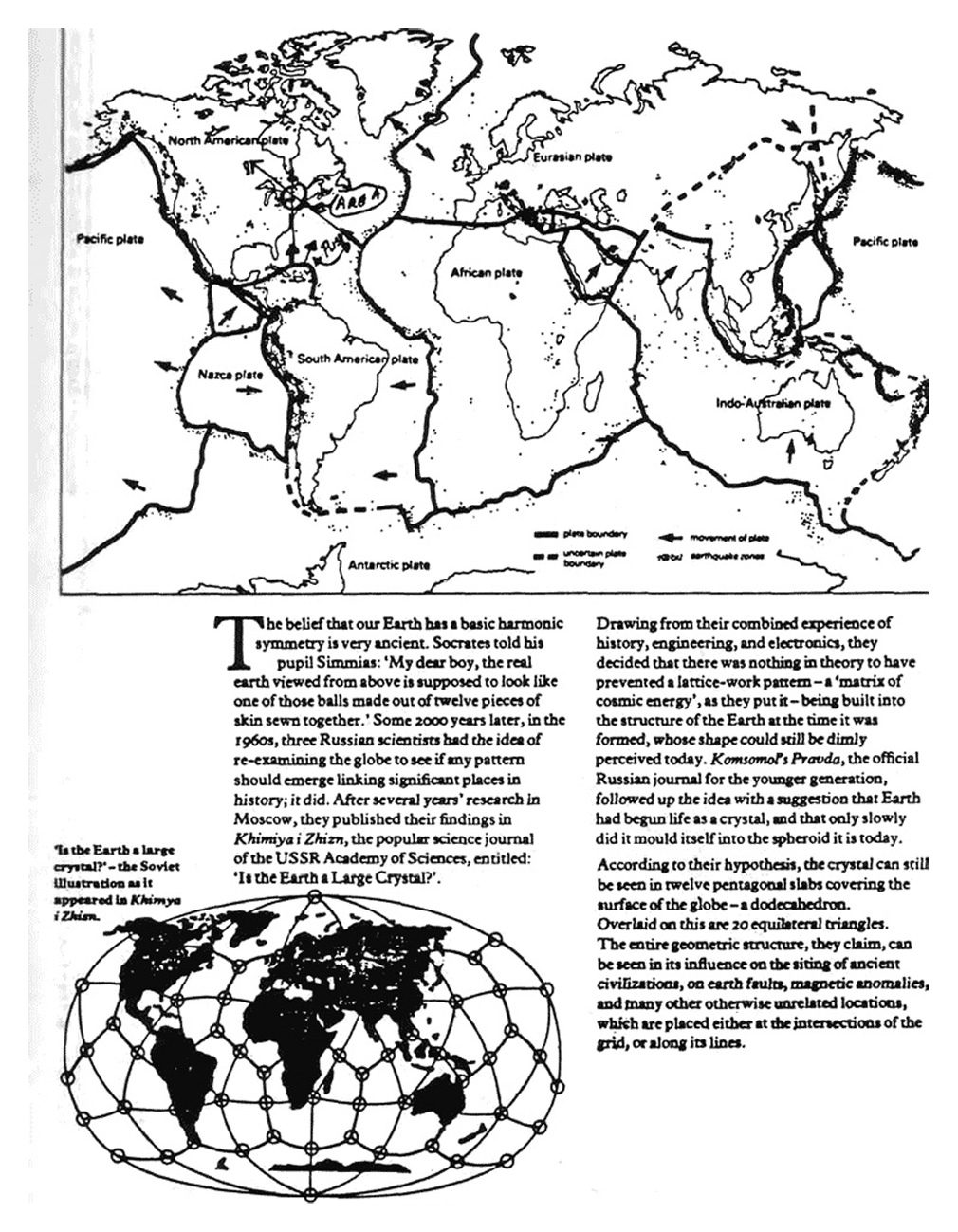

additional
The World Maps1 - 5
5
GEOMETRY
5_1
How the US has hidden its empire
2019 02 15
Daniel Immerwahr
When have you ever seen a map of the US that had Puerto Rico on it? Or American Samoa, Guam, the US Virgin Islands, the Northern Marianas or any of the other smaller islands that the US has annexed over the years?
2019 02 15
Daniel Immerwahr
When have you ever seen a map of the US that had Puerto Rico on it? Or American Samoa, Guam, the US Virgin Islands, the Northern Marianas or any of the other smaller islands that the US has annexed over the years?
In this view, the place normally referred to as the US – the logo map – forms only a part of the country. A large and privileged part, to be sure, yet still only a part. Residents of the territories often call it the “mainland”.
1941, actual map
4
SCALE
4_1.1
"Cosmic View: The Universe in 40 Jumps" ,1957
is an essay by educator Kees Boeke [Netherlands] that combines writing and graphics to explore many levels of size and structure, from the astronomically vast to the atomically tiny.
The essay begins with a simple photograph of a Dutch girl sitting outside her school and holding a cat. The essay first backs up from the original photo, with graphics that include more and more of the vast reaches of space in which the girl is located. The essay then narrows in on the original picture, with graphics that show ever smaller areas until the nucleus of a sodium atom is reached.
Boeke writes commentary on each graphic, along with introductory and concluding notes.
Boeck uses the factor of ten in his diagrams.
is an essay by educator Kees Boeke [Netherlands] that combines writing and graphics to explore many levels of size and structure, from the astronomically vast to the atomically tiny.
The essay begins with a simple photograph of a Dutch girl sitting outside her school and holding a cat. The essay first backs up from the original photo, with graphics that include more and more of the vast reaches of space in which the girl is located. The essay then narrows in on the original picture, with graphics that show ever smaller areas until the nucleus of a sodium atom is reached.
Boeke writes commentary on each graphic, along with introductory and concluding notes.
Boeck uses the factor of ten in his diagrams.
4_1.2
"Cosmic Zoom", 1968
is a 1968 short film directed by Eva Szasz ]and produced by the National Film Board of Canada.
It depicts the relative size of everything in the universe using animation.
is a 1968 short film directed by Eva Szasz ]and produced by the National Film Board of Canada.
It depicts the relative size of everything in the universe using animation.
4_1.3
"Powers of Ten", 1968 [sketch]/ 1977
is written and directed by Charles and Ray Eames [Usa]
It depicts the relative scale of the Universe according to an order of magnitude (or logarithmic scale) based on a factor of ten, first expanding out from the Earth until the entire universe is surveyed, then reducing inward until a single atom and its quarks are observed.
is written and directed by Charles and Ray Eames [Usa]
It depicts the relative scale of the Universe according to an order of magnitude (or logarithmic scale) based on a factor of ten, first expanding out from the Earth until the entire universe is surveyed, then reducing inward until a single atom and its quarks are observed.
3
DISTANCE
3_4
King Atlas, a mythical King of Mauretania, was according to legend a wise philosopher, mathematician and astronomer who supposedly made the first celestial globe. It was this Atlas to whom Gerardus Mercator [Netherland]was referring when he first used the name "atlas", and he included a depiction of the King on the title-page.
3_3
Submarine communications cable . Eastern Telegraph Company network in 1901
3_2
Until the 1970s the only way to determine physical location was by using landmarks, astronomical contellations, dead reckoning, or limited radio-positioning technology.
A great changege occured in 1978, when the first of the 24 satelitesthat make up the Global Positioning Systen (GPS) was launched .
A great changege occured in 1978, when the first of the 24 satelitesthat make up the Global Positioning Systen (GPS) was launched .
3_1
In the west quantification of location began with the Greeks. Around 200 B.C. Eratosthenes invented a system of grid lines to demarcate location, akin to latitude and longitude.
But like so many good ideas from antiquity, the praxis faded away over time. A millenium and a half later, around 1400 A.D., a copy of Ptolemy's Geographia arrived in Florence from Constantinople just as the Renaissance and the shipping trade where igniting interest in science and in know-how from the ancients. Ptolemy's treatsie was a sensation, and his old lessons where applied to solve modern navigational challanges.
From then on maps appeared with longitude, latitude and scale. The system was later improved upon by the Flemis cartographer Gerardus Mercator in 1570, enabeling sailors to plot a straight course in a spherical world.
[...] The standardisation of longitude and latitude took a long time. It was finally enshrined in 1884 at the International Meridian Conference in Washington D.C., where 25 nations chose Greenwich, Engladn, as the prime meridian and zero-point of longitude (with the French, who considered themselves the leaders in international standards, abstaining).
But like so many good ideas from antiquity, the praxis faded away over time. A millenium and a half later, around 1400 A.D., a copy of Ptolemy's Geographia arrived in Florence from Constantinople just as the Renaissance and the shipping trade where igniting interest in science and in know-how from the ancients. Ptolemy's treatsie was a sensation, and his old lessons where applied to solve modern navigational challanges.
From then on maps appeared with longitude, latitude and scale. The system was later improved upon by the Flemis cartographer Gerardus Mercator in 1570, enabeling sailors to plot a straight course in a spherical world.
[...] The standardisation of longitude and latitude took a long time. It was finally enshrined in 1884 at the International Meridian Conference in Washington D.C., where 25 nations chose Greenwich, Engladn, as the prime meridian and zero-point of longitude (with the French, who considered themselves the leaders in international standards, abstaining).
2
MAPS
2_1
NORTH Pole
orthographic projection
orthographic projection
2_1
SOUTH Pole
orthographic projection
orthographic projection
1
.
September 27th, 2025
